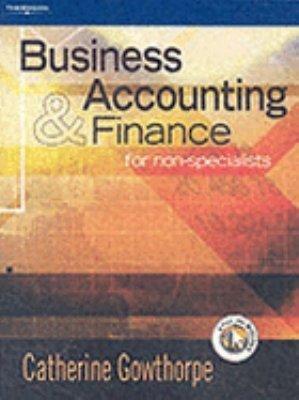13.9 The following is a simplified extract from the balance sheet of The Boots Company pic at...
Question:
13.9 The following is a simplified extract from the balance sheet of The Boots Company pic at 31 March 2001, with comparative figures for 31 March 2000.
2001 2001 2000 2000
£m
£m
£m
£m Fixed assets 2258.1 2 002.5 Current assets Stock 646.7 689.5 Debtors 497.8 408.5 Investments, deposits and cash 148.0 422.2 1 292.5 1 520.2 Creditors: amounts falling due within one year
(1 082.0)
(1 153.2)
Net current assets 210.5 367.0 Total assets less current liabilities 2 468.6 2 369.5 Creditors: amounts falling due after more than one year Provisions for liabilities and
(451.9)
(489.2)
charges*
(39.8)
(26.8)
Net assets 1 976.9 1 853.5 Capital and reserves Share capital 224.9 224.8 Reserves and similar items 1 752.0 1 628.7 1 976.9 1 853.9
‘Provisions for liabilities and charges: we have not met this item previously. In this particular case the provisions relate to liabilities for future taxation.
You are required to prepare a common size statement showing the balance sheet items for 2000 and 2001 on the basis that net assets = 100.0%. Comment upon any significant changes that emerge from the analysis.
•• 13.10 Causeway Ferguson pic is a trading company specialising in the supply of tea and coffee and related products. Jason has a small shareholding in the company that was left to him by a relative. He has never taken much interest in the company's activities but has noticed that the company pays a regular twice yearly dividend that never seems to vary much.
Jason has recently started reading the financial press on a regular basis and one day he finds a brief news item about tea and coffee suppliers. Causeway Ferguson is mentioned in passing: 'Causeway Ferguson, a fine old name in British tea supply, is quietly withering away. Its lacklustre management team has failed to tackle new competitors in the market - at this rate, it starts to look like a modest takeover target for one of the food industry big boys.'
Jason never throws anything away, and after a search, manages to dig out from a dusty pile of papers a set of unopened annual reports from Causeway Ferguson going back over four or five years. He gives the reports to his cousin, Jasper, who is a trainee accountant, and asks him to comment on the company's trading over the last few years.
Jasper extracts the following profit and loss account information from the annual reports:
20X7 20X6 20X5 20X4 20X3 £000 £000 £000 £000 £000 Turnover 13 204 13561 13 602 12 430 12 003 Cost of sales (8 012)
(8 217)
(8213)
(7 401)
(7 085)
Gross profit 5 192 5 344 5 389 5 029 4918 Administrative expenses (2184)
(2101)
(2 097)
(2 010)
(1 975)
Selling and distribution costs (2 086)
(2 001)
(1 977)
(1 972)
(1 951)
Operating profit 922 1 242 1 315 1 047 992 Taxation (277)
(373)
(395)
(314)
(298)
Profit on ordinary activities after taxation 645 869 920 733 694 Dividends (250)
(240)
(240)
(230)
(230)
Retained profit for the year 395 629 680 503 464 The requirement is to prepare a horizontal trend analysis statement and a common size statement and to comment on the key features that emerge from the analysis of these statements. Does the newspaper report appear credible in the light of the analysis?
Step by Step Answer:

Business Accounting And Finance For Non Specialists
ISBN: 9781861528728
1st Edition
Authors: Catherine Gowthorpe





